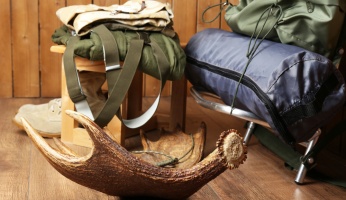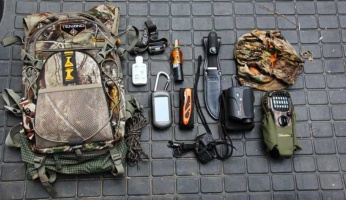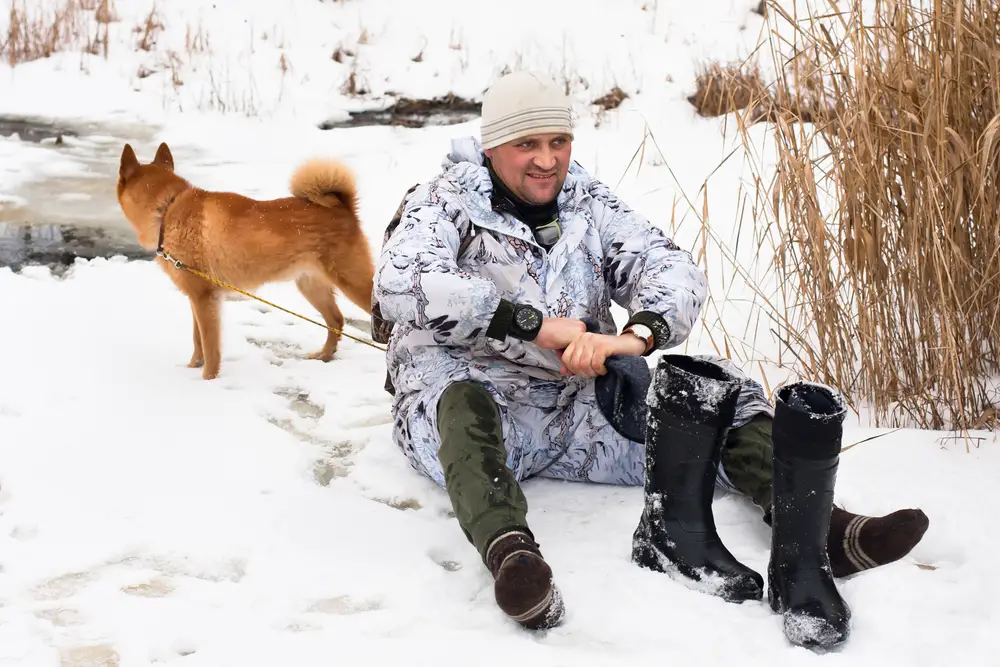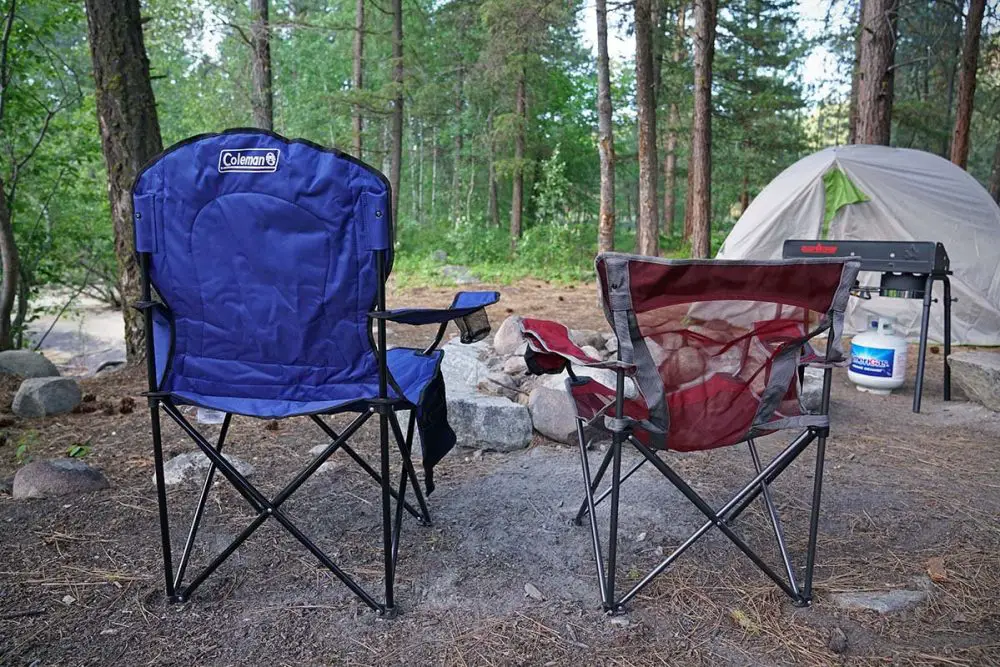10 Types of Bowhunting Gear You Shouldn’t be Without
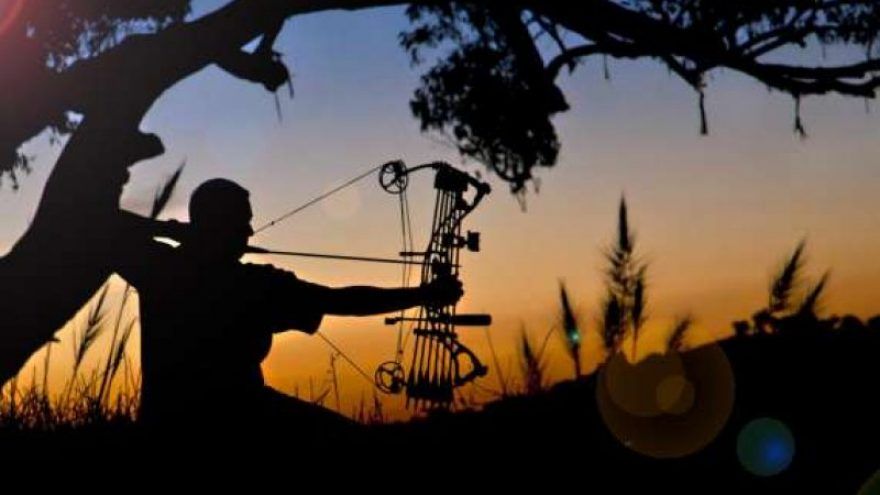 10 Types of Bowhunting Gear You Shouldn’t be Without
thegearhunt.com
10 Types of Bowhunting Gear You Shouldn’t be Without
thegearhunt.com
10 Types of Bowhunting Gear
You’ve purchased your first hunting bow. Now what? There’s a lot more that goes into bow hunting than just having a bow and drawing the string. You’re going to need a lot of gear to go along with it to make sure it functions to the best of its ability and gets you the best shot on your game. But if you’re new to bowhunting, it may overwhelm you with how much you need or don’t need. There’s a lot of hearsay out there and everyone’s style and needs are different. And what works for some when it comes to nocking or bow repair, might not work for others. So, at the end of the day, listen to your own gut and what your bow is telling you. But for starters, here’s a guide to ten gear items you don’t want to be without.
Quiver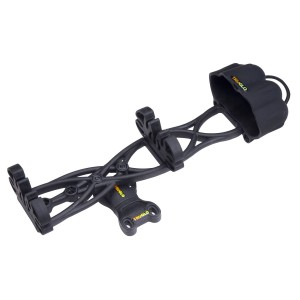
First things first, you can’t be lugging arrows everywhere in a plastic shopping bag or in your bare hands. You also can’t be constantly dropping them to set up for a shot. It’s cumbersome and can be very noisy. You’ll want something to carry them in to make it easier on you. Quivers can go over the shoulder, on the back, or even at the hip. It all depends on what the natural drawing motion is for you and where it will hinder you the least. Whatever you choose, you’ll be glad you have it.
Arrow Rest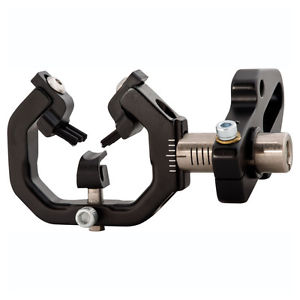
These come in all shapes and sizes, so you’ll want to do a lot of your own independent research and testing to see what works for you. Essentially, an arrow rest is a notch that goes on the bow and, as you probably imagined, holds the arrow in place when you nock it. It also guides the arrow after the release to allow for a more accurate shot. Some of these are going to come as small ledges you can attach to your bow and some will come as full fledged grips. What works and what you need is up to you and the requirements on your bow. But no matter what you get, having one is crucial.
Sight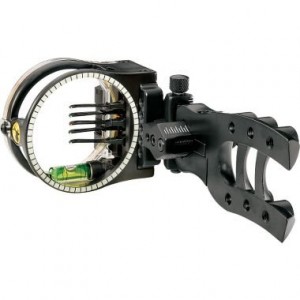
Every firearm piece, whether it’s firing arrows or rounds, needs a sight. Unless you ranked sharpshooter in the army and have a God given talent for hitting your mark using nothing but your naked eye, you’ll want a sight. This is especially important because bows can be tricky to aim and loose with all the tension that goes into aiming. So you’ll want all the help you can get in that department to make sure you’re not wasting arrows.
Bow Release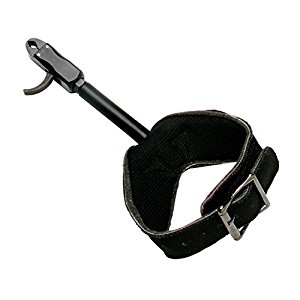
The next item on the least is going to help you actually loose your arrow. The most popular type of bow release is a wrist strap, but you can find what works for you. Essentially the point of the release is small grip that holds the actual string and then a trigger you hit and then it releases the string and arrow for you. It makes firing much easier and, much like the sight, is incredibly useful in this arena.
Silencer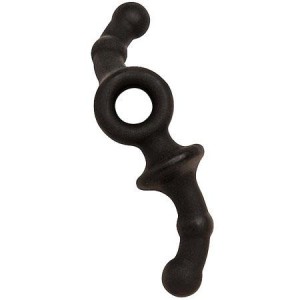
You probably don’t think of this immediately when you think of a bow. It seems like a fairly quiet way to hunt compared to the crack of a gunshot. But the string and bow, when released, produce vibrations that can get very loud to the animals in the forest with some pretty good hearing. So a silencer here works to cut down on the actual vibrations and make sure nothing is causing too much sound or echo for you. There’s many different ways to do it, from full on silencers to dampeners. Again, it’s up to you and your bow type.
Heads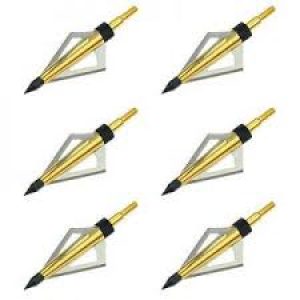
What heads you’re using on your arrows matter. There’s plenty of types out there and it’s not just about finding the “pointiest” looking one or the one that looks the coolest. Different broadheads will work for the hides of different animals and you want to make sure you’re doing your research and getting it right. Do some shopping and look into what other hunters have said worked for them in the past with specific types of game.
Bow Case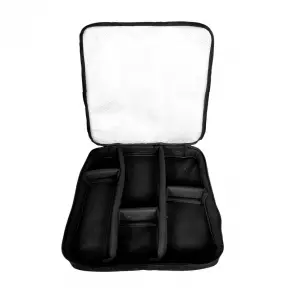
Bows are heavy and come with a lot of parts, you’ll want to keep it safe while traveling and need proper storage for everything. So you’ll want a bow carrying case to help truck everything. The size and compartments is, obviously contingent upon what you need, like everything else. Some come in canvas cases and some come in hard cases for more protection. Figure out what works for you and your storage and travel needs.
String Wax
Bow strings have a lot of friction and can cause some abrasion during use. Bow wax is a great way to ensure the longevity of your bow string . You’ll want a wax that is scentless or scent dampening and one that offers all the moisture needs of the string. It comes in a tube, not unlike chapstick, most of the time and is applied easily.
Nocking Pliers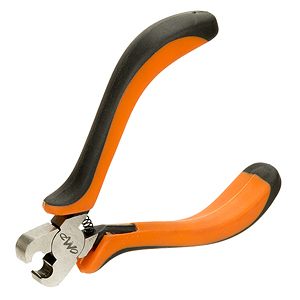
This is a nice tool to have handy at any time. This pliers are designed to open nock sets without causing damage. They allow you to perform some maintenance without harming the longevity of your bow and string.
String Separator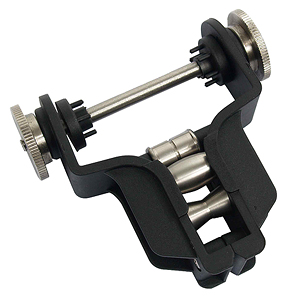
This is what’s going to make it 10x easier to put any additions on the bow. This will help you apply sights, silencers, and any other string mounted accessories. They’ll separate the bow with a twist knot, causing no harm, and giving you optimal space to work with and install your additions.
So, these are some of the must haves you need for the best possible bowhunts. Any or all of these items is going to make it that much easier on you while stalking game and bringing home some real fruits of your labor. You’ll want to look into these items to add to your hunting gear collection and get out there!





